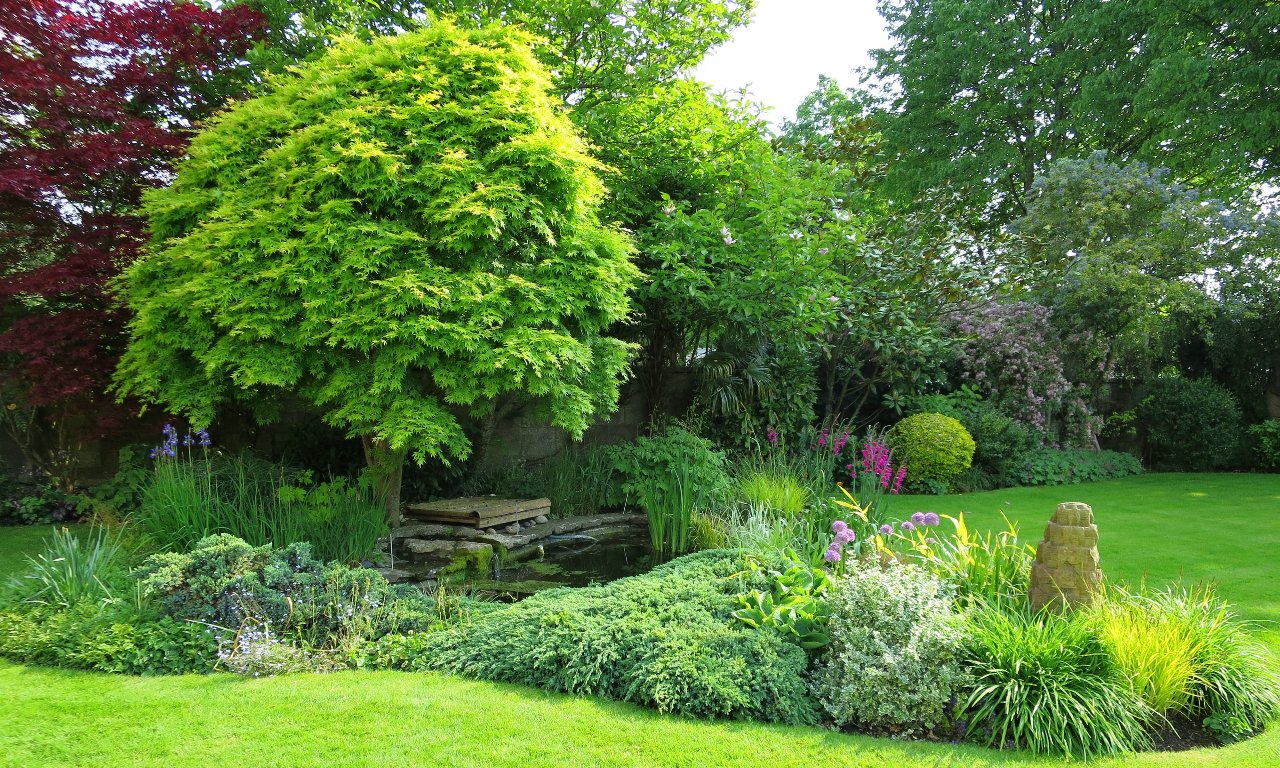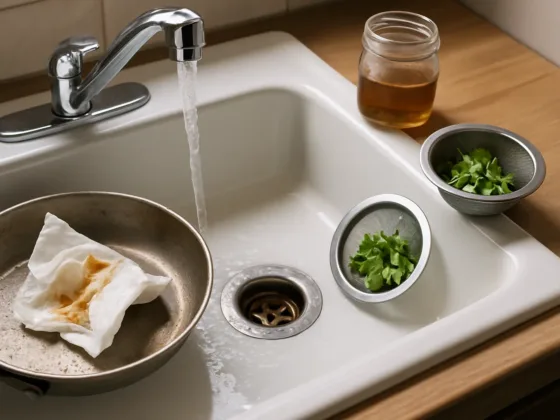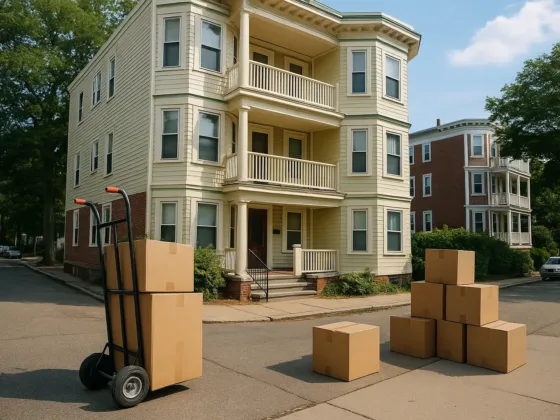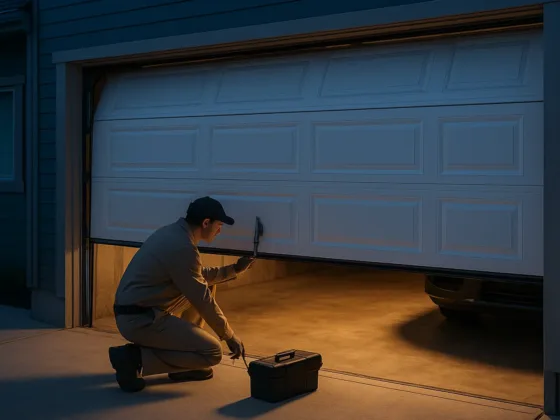Table of Contents Show
The process of creating an eco-friendly lawn is simple and easy, and it has a lot of benefits. Implementing eco-friendly design and maintenance techniques into your landscaping will help you save time and money.
Eco-friendliness doesn’t have to just stop with your grass. For an eco-friendly fence, you can, for example, choose certified wood that is not treated with chemical preservatives.

An eco-friendly lawn uses minimal resources. Moreover, the eco-friendly garden can be sustained with minimal care. It lets you enjoy a low-maintenance, beautiful lawn without putting in much effort.
An eco-friendly yard eliminates the need for pesticides, chemical fertilizers. For best advice and services, you can contact the professional at Paiva Landscape & Lawn Care
Here Are Six Ways to Building an Eco-Friendly Lawn
Size of a Lawn
Grass needs much water and fertilizers to spray to remain lush green. Reducing the size of your yard will help save time and cut the cost of mowing and watering. Also, you can make a patio or outdoor room to reduce the size of your lawn.
Add a walkway to your lawn. It will result in reducing the space of a lawn. It also helps to reduce the use of resources.
Additionally, the use of artificial grass can save your resources. It resembles the grass of your lawn, and no maintenance is needed for it. Moreover, there is no need for pesticides or chemical fertilizers.
Read Also:
Native Plants
Use native plants and trees in your garden because they are easy to maintain and need less care. Native plants and trees are adaptable to the local area and are inexpensive to maintain because they do not need water, pesticides, or fertilizers.
Use them around your yard because they attract butterflies and birds. Local plants and trees are more resistant to pests and diseases compared to non-native plants and trees. They are assimilated to the local rainfall.
Another benefit is that local plants and trees are inexpensive to maintain because they do not need water, pesticides, or fertilizers.
Harvest Rainwater and Xeriscaping
Harvesting rainwater is one of the simplest ways for your eco-friendly garden. You can use it to water flowers, plants, and trees. It also reduces the amount of your household water usage. It captures rainwater from the roof that prevents it from entering into supply.
Xeriscaping is a landscape design in which regional, drought-resistant plants are planted adjacent to each other, reducing the use of water. You can have a beautiful and sustainable yard. Moreover, Xeriscaping can help you save water and money.
Make Compost, Post, and Recycle
Composting assists you in reducing the garbage produced by you. It makes natural, free fertilizer for your lawn. If you want to hide your compost, use a compost bin. You can add your grass clippings into the compost bin.
It will help if you put all types of waste items like eggshells, newspapers, fruit and vegetable scraps, weed, and cardboard in a compost designated area; within six to nine months, rich, nutritious compost is ready for your garden.
The best way for an eco-friendly lawn is by using old and recycled material. You can use a lot of material in your yard; for example, old barrels make great flower pots.
Use Trees to Save Energy
You can save energy by strategically placing your trees on a lawn. If a large tree is placed on the south side of the house, you can save money on the cooling bill during summer because your home will be in the shade.
For instance, you live on the south side of the house, and direct sunlight comes in and makes it hot. In this case, placing a large tree would help put that area side in the shade as the tree will block the sun.
Ground Covers
Areas planted in the ground cover need little to no maintenance. Usually, people choose ground covers for texture, density.
They also enhance the soil by acting as mulch. Use plants like the tulip, marigold, and ornamental grasses that are easy to maintain and help you build an eco-friendly lawn.
For instance, clover is a great way to help your yard. It is an excellent ground cover and protects the property from direct sunlight.
It is resistant to bees and proliferates. It also chokes out weeds. For shady areas, use moss. It stays green even in the heat of summer. Moss is soft and feels comfortable under bare feet.










